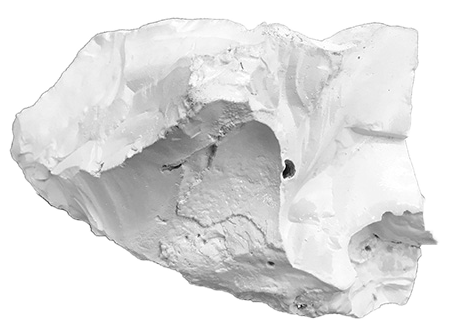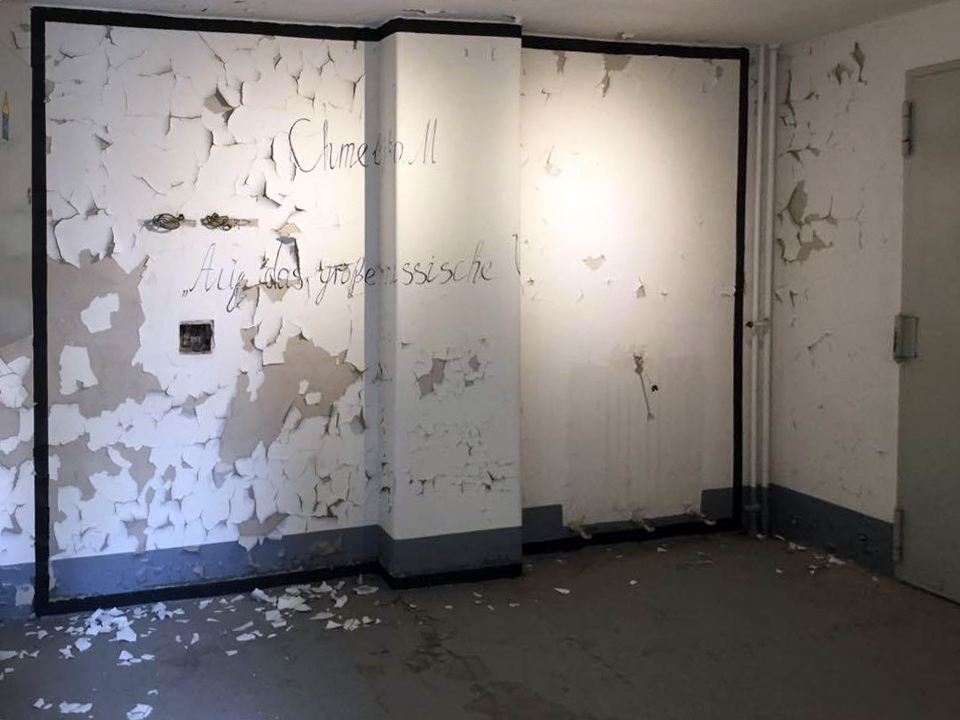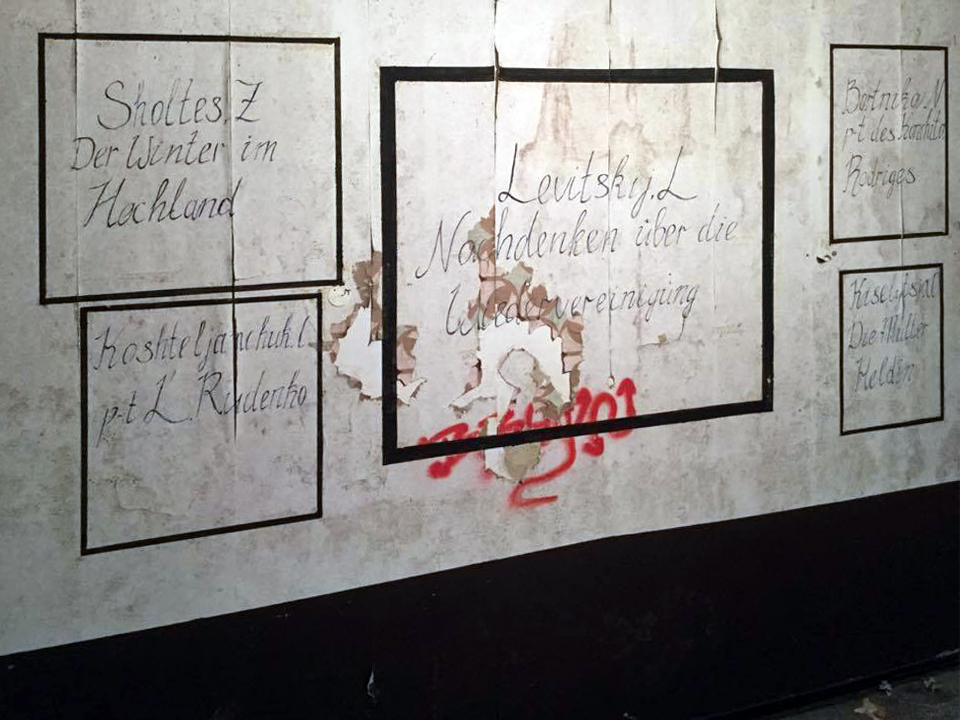Creating Ruin
Adjusting and interpreting those remnants of the past that previously were fundamental structures – these are gestures and practices that speak of how we tend to relate to those vestiges, rather than of the historical objects themselves. The gaze that we direct onto the ruined past can describe our current position in the world, while the different artists’ practices can serve as instruments to clarify this position.
Whether vestiges of events, fragments of reality, cultural values and contexts, or deserted places – ruins hide stories about past accomplishments and catastrophes; they can become historiography’s indicators – and are both evidence of a disregard for historical accuracy, and subjects for historical imagination. Bleached and occupied by nature, ruins seem distant from the present day. Their distance brings a freedom of interpretation and requires an imaginary re-construction. This implies that the actions towards the silent remnants of the past could become violent.
How can we hold our position? How can we be engaged in the moment of the event, and at the same time extend our gaze into the distance? These could be questions for artists who dive into history and spaces of memory, and for whom the archive serves as a critical tool. At the same time, the questions could reveal how we become engaged with the material, and how we might interpret the past as the present.
CREDITS
Creating Ruin is a project by Method Fund in collaboration with Reading International, 2018.
The publication is designed and developed by Lozana Rossenova.
–
Method Fund functions as an experimental, self-educational project focused on the search for a new site-specific contemporary art institution. It aims to test new forms of self-organisation, self-determination and collaboration, and is a responsive mode of art education created to support young artists in their specific local context, and in response to current political urgencies.
Reading International is Reading’s new contemporary visual arts organisation promoting and commissioning major solo exhibitions, group and thematic shows, a programme of events including performances, film screenings, workshops and talks as well as offsite projects and temporary public artworks.
Led by the Reading School of Art at the University of Reading and hosted by a rich mixture of partners within the town, Reading International produces several major projects each year, in which artists and curators are given a platform to make new work in response to the unique social and historical context of Reading and wider Berkshire.
–
The project has been supported by the Arts Council of England, the University of Reading, Reading Borough Council and a grant from European Union within the framework of the Culture Bridges Programme.



